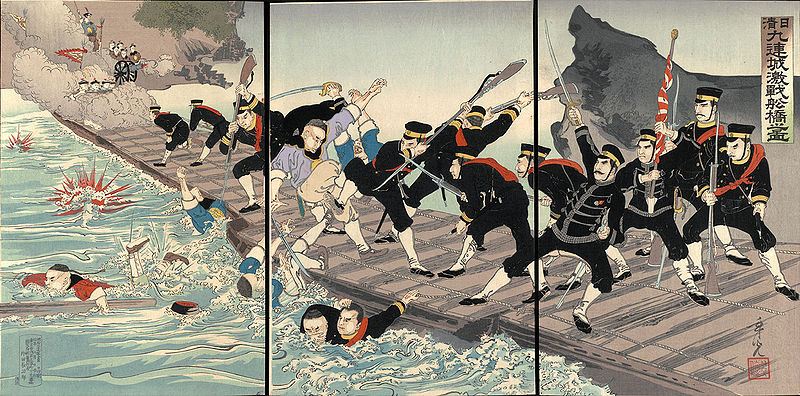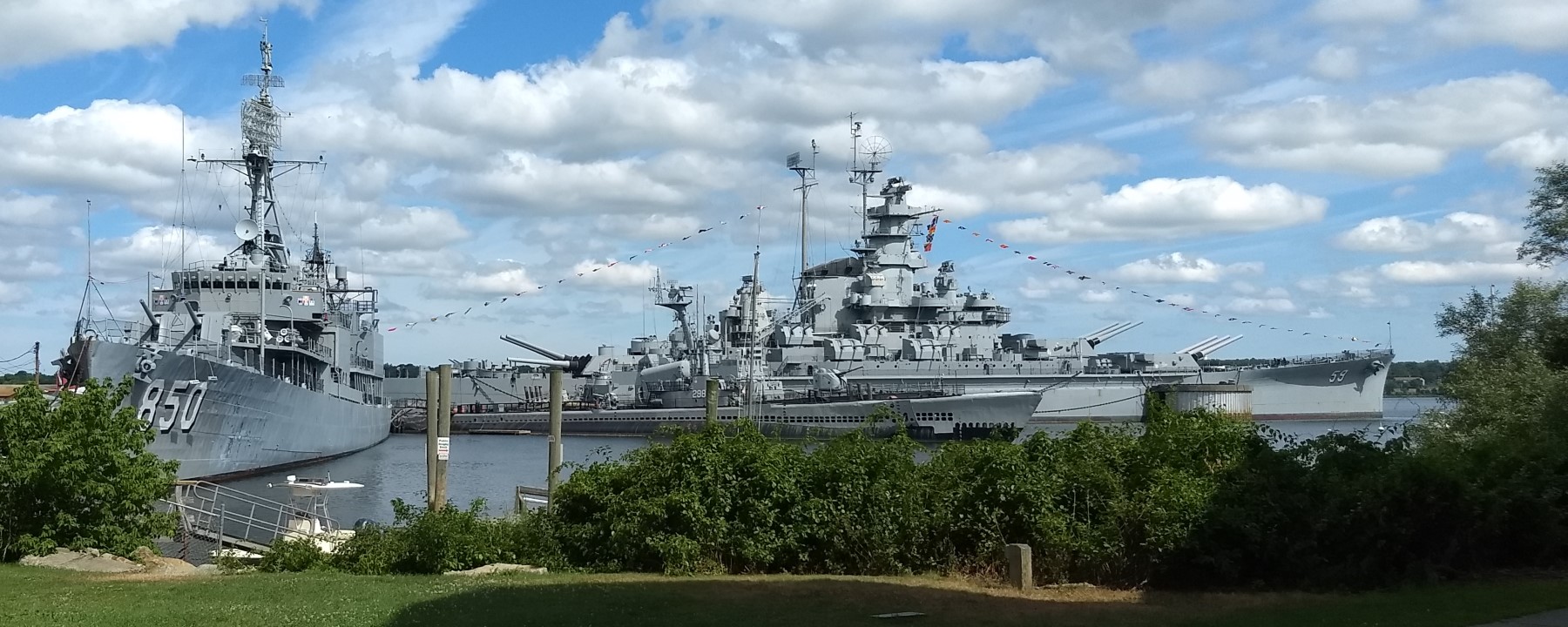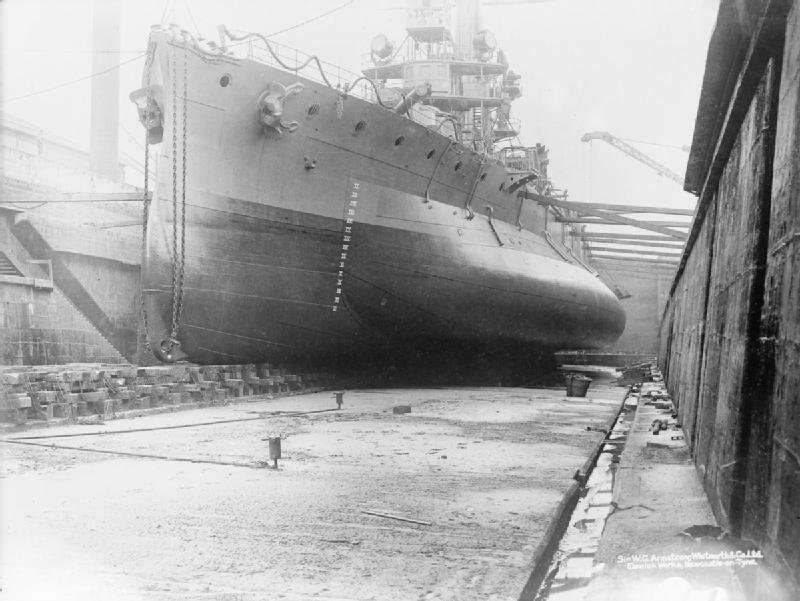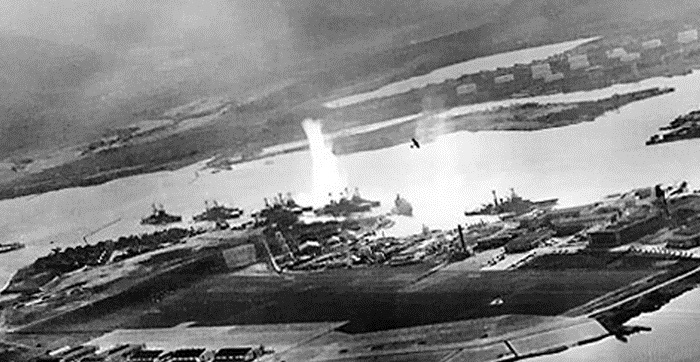In 1895, tensions between Japan and China over control of Korea had flared into all-out war when the Japanese attacked a Chinese troopship and its escorts. World opinion was that the Japanese were doomed by the much larger Chinese Beiyang Fleet, but when the two forces met at the Battle of the Yalu River, the Japanese emerged victorious thanks to better training and more modern ships. The Chinese ships fell back to their base at Lushunkou, better known in the west as Port Arthur.

A month after their victory at sea, the Japanese crossed the Yalu River itself only to find that the Chinese army had mostly fled. The same day, troops landed to begin the siege of Lushunkou itself. Admiral Ding, commander of the Beiyang Fleet, was ordered to withdraw to Weihaiwei, leaving behind the only drydock capable of holding his battleships. This proved to be disastrous when Zhenyuan ran onto a rock while entering Weihaiwei harbor and had to be beached due to the lack of repair facilities. In early November, the Japanese cut the last land links between Lushunkou and the outside world. However, the heavily fortified naval base was considered nearly impregnable, and it was expected the Japanese would have a long fight on their hands. Read more...









Recent Comments